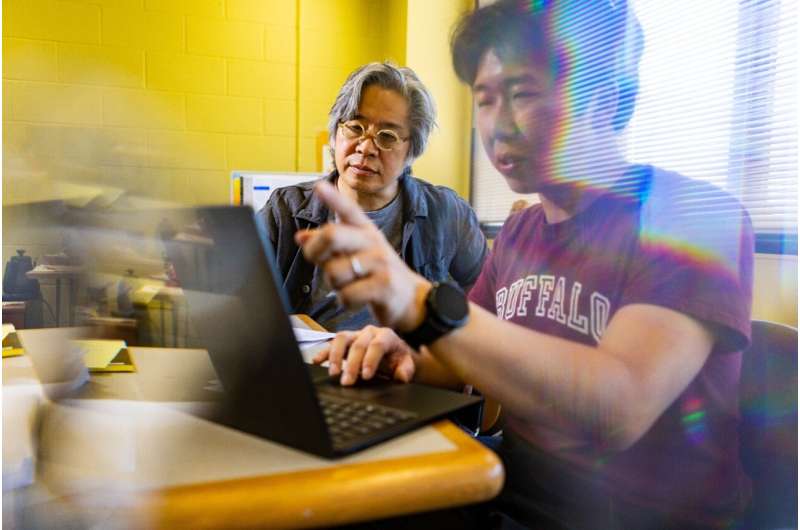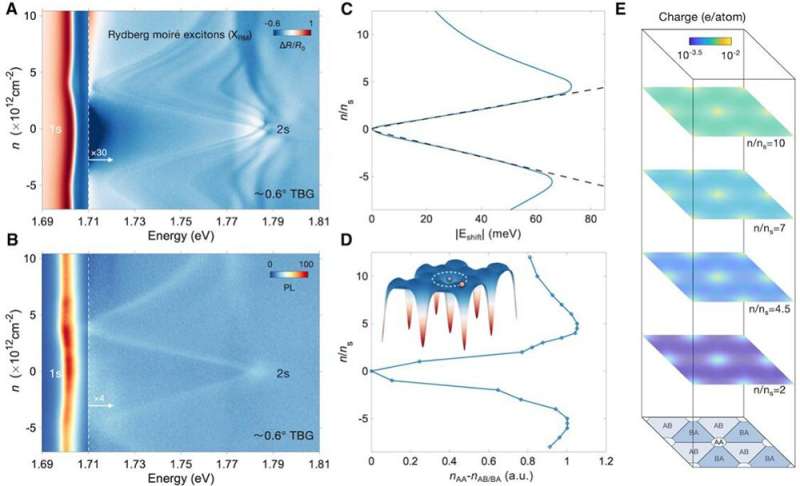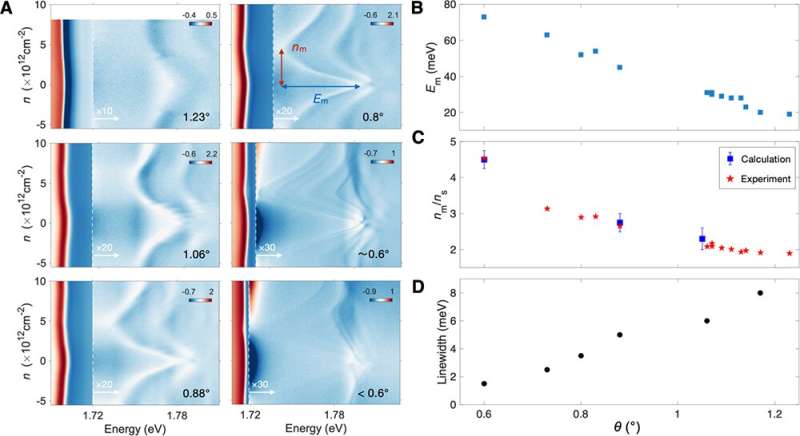What good is a powerful computer if you can't read its output? Or readily reprogram it to do different jobs? People who design quantum computers face these challenges, and a new device may make them easier to solve.
The device, introduced by a team of scientists at the National Institute of Standards and Technology (NIST), includes two superconducting quantum bits, or
qubits, which are a quantum computer's analog to the logic bits in a classical computer's processing chip. The heart of this new strategy relies on a "toggle switch" device that connects the qubits to a circuit called a "readout resonator" that can read the output of the qubits' calculations.
This toggle switch can be flipped into different states to adjust the strength of the connections between the qubits and the readout resonator. When toggled off, all three elements are isolated from each other. When the switch is toggled on to connect the two qubits, they can interact and perform calculations. Once the calculations are complete, the toggle switch can connect either of the qubits and the readout resonator to retrieve the results.
Having a programmable toggle switch goes a long way toward reducing noise, a common problem in quantum computer circuits that makes it difficult for qubits to make calculations and show their results clearly.
"The goal is to keep the qubits happy so that they can calculate without distractions, while still being able to read them out when we want to," said Ray Simmonds, a NIST physicist and one of the paper's authors. "This
device architecture helps protect the qubits and promises to improve our ability to make the high-fidelity measurements required to build quantum information processors out of qubits."
The team, which also includes scientists from the University of Massachusetts Lowell, the University of Colorado Boulder and Raytheon BBN Technologies, describes its results in a paper published June 26 in Nature Physics.
Quantum computers, which are still at a nascent stage of development, would harness the bizarre properties of quantum mechanics to do jobs that even our most powerful classical computers find intractable, such as aiding in the development of new drugs by performing sophisticated simulations of chemical interactions.
However, quantum computer designers still confront many problems. One of these is that quantum circuits are kicked around by external or even internal noise, which arises from defects in the materials used to make the computers. This noise is essentially random behavior that can create errors in qubit calculations.
Present-day qubits are inherently noisy by themselves, but that's not the only problem. Many quantum computer designs have what is called a static architecture, where each qubit in the processor is physically connected to its neighbors and to its readout resonator. The fabricated wiring that connects qubits together and to their readout can expose them to even more noise.
Such static architectures have another disadvantage: They cannot be reprogrammed easily. A static architecture's qubits could do a few related jobs, but for the computer to perform a wider range of tasks, it would need to swap in a different processor design with a different qubit organization or layout. (Imagine changing the chip in your laptop every time you needed to use a different piece of software, and then consider that the chip needs to be kept a smidgen above absolute zero, and you get why this might prove inconvenient.)
The team's programmable toggle switch sidesteps both of these problems. First, it prevents circuit noise from creeping into the system through the readout resonator and prevents the qubits from having a conversation with each other when they are supposed to be quiet.
"This cuts down on a key source of noise in a quantum computer," Simmonds said.
Second, the opening and closing of the switches between elements are controlled with a train of microwave pulses sent from a distance, rather than through a static architecture's physical connections. Integrating more of these toggle switches could be the basis of a more easily programmable quantum computer. The microwave pulses can also set the order and sequence of logic operations, meaning a chip built with many of the team's toggle switches could be instructed to perform any number of tasks.
"This makes the chip programmable," Simmonds said. "Rather than having a completely fixed architecture on the chip, you can make changes via software."
One last benefit is that the toggle switch can also turn on the measurement of both qubits at the same time. This ability to ask both qubits to reveal themselves as a couple is important for tracking down quantum computational errors.
The qubits in this demonstration, as well as the toggle switch and the readout circuit, were all made of superconducting components that conduct electricity without resistance and must be operated at very cold temperatures. The toggle
switch itself is made from a superconducting quantum interference device, or "SQUID," which is very sensitive to magnetic fields passing through its loop. Driving a microwave current through a nearby antenna loop can induce interactions between the qubits and the readout resonator when needed.
At this point, the team has only worked with two qubits and a single readout resonator, but Simmonds said they are preparing a design with three qubits and a readout
resonator, and they have plans to add more qubits and resonators as well. Further research could offer insights into how to string many of these devices together, potentially offering a way to construct a powerful quantum computer with enough qubits to solve the kinds of problems that, for now, are insurmountable.
#QuantumComputing #QuantumProcessors #ToggleSwitch #Versatility #ClearOutputs










 Unique layered crystals
Unique layered crystals
.jpg)

 Spectroscopic evidence of the Rydberg moiré exciton formation in WSe2 adjacent to 0.6° TBG and numerical calculations of the spatial charge distribution in TBG at different doping levels. Credit: IOP
Spectroscopic evidence of the Rydberg moiré exciton formation in WSe2 adjacent to 0.6° TBG and numerical calculations of the spatial charge distribution in TBG at different doping levels. Credit: IOP Twist angle dependences and crossover to the strong-coupling regime. Credit: IOThe researcher demonstrated a novel method of manipulating Rydberg excitons, which is difficult to achieve in bulk semiconductors. The long-wavelength (tens of nm) moiré superlattice in this study serves as an analog to the optical lattices created by a standing-wave laser beam or arrays of optical tweezers that are used for Rydberg atom trapping.
Twist angle dependences and crossover to the strong-coupling regime. Credit: IOThe researcher demonstrated a novel method of manipulating Rydberg excitons, which is difficult to achieve in bulk semiconductors. The long-wavelength (tens of nm) moiré superlattice in this study serves as an analog to the optical lattices created by a standing-wave laser beam or arrays of optical tweezers that are used for Rydberg atom trapping.



